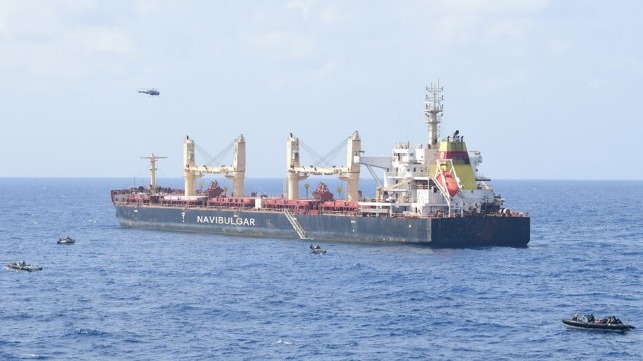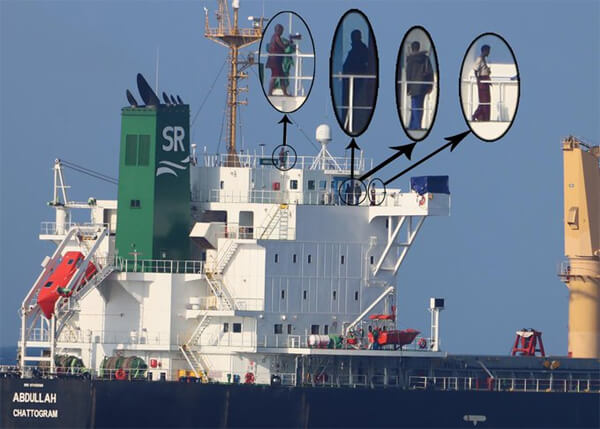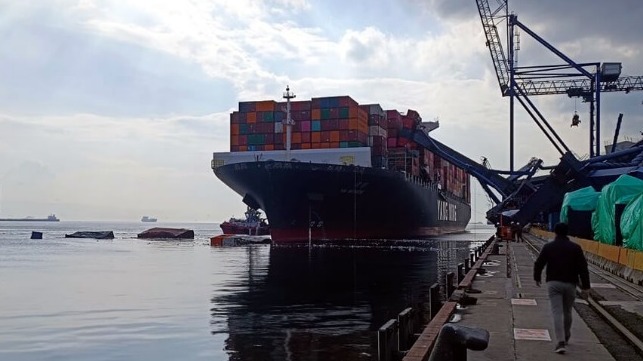By Social Links forJon Levine
Published March 16, 2024,
A top official of Cuba’s communist party — who has pledged eternal allegiance to her “commander” Fidel Castro — will be a featured speaker at the New York City Bar Association later this month — galling those who fled the brutal dictatorship.
Yamila Gonzalez Ferrer — the vice president National Union of Cuban Jurists and member of the Cuban National Assembly will discuss “the newest developments in Cuba’s public health law, which provides the legal framework for fulfilling health care as a right, not a privilege,” the bar gushed in a LinkedIN notice last week.
“Cuba offers world-class health care to all Cubans, free-of-charge, emphasizing prevention, primary care and the active participation of the community. Cuba is also an innovator in the development of life-saving drugs,” added a description of the March 21 event at the association’s 44th street headquarters in midtown which also promised a Q&A with Ferrer.
 Ferrer posted, “Always with you my commander,” to X on Fidel Castro’s birthday last year.AFP via Getty Images
Ferrer posted, “Always with you my commander,” to X on Fidel Castro’s birthday last year.AFP via Getty ImagesFerrer, 54, is enjoined by Cuba’s “Code of Ethics of Jurists” to “be faithful to the ethical principles emanating from the history of the Cuban nation of the Communist Party of Cuba” and to be faithful to the teachings of Fidel and Raul Castro.
“Always with you my commander,” she wrote on X on Fidel Castro’s birthday last year.
In Fidel Castro “we have the privilege of finding indigenous and universal political and legal thought, which guides our commitment to the social project of the Cuban Revolution,” she added in another post.
In 2022 Ferrer became a member of the United Nations Committee on the Elimination of Discrimination against Women. Cuban dictator Miguel Díaz-Canel offered her a warm congratulations on X.
“This result is a recognition of the work of #Cuba in defending women’s rights,” he wrote.
Those who fled Cuba and other Communist nations were shocked by the Bar’s choice of speaker.
“It is incredibly ironic to invite a communist to speak on public health law when communists ushered in some of the worst public health outcomes for the Cuban people. Instead of focusing on protecting the American system and way of life, these lawyers are busy advancing an ideology that starved and killed millions,” said Councilwoman Inna Vernikov (R- BROOKLYN), an attorney originally from the former Soviet Union.
Javier Ley-Soto, president of the Cuban American Bar Association ripped the event as “one-sided” adding that Ferrer was “unlikely to provide information of the egregiously concerning realities impacting the health and welfare of ordinary Cuban citizens.”
Cuba’s Communist dictatorship has been responsible for extrajudicial killings, torture, and “cruel, inhuman, and degrading treatment of political dissidents,” according to the 2022 assessment from the United States Department of State.
The event is sponsored by the Coalition of Concerned Legal Professionals, a “voluntary unincorporated private membership association,” according to their website.
Reps for the association said the event was intended to be a “private meeting between our members and a government official” and that it had been “inadvertently posted as a public program.”
“Our members meet with government officials from various countries around the world all the time. These meetings are designed to be interactive and allow for Q&A and frank discussion and exchange of views,” said spokesman Eric Friedman.















